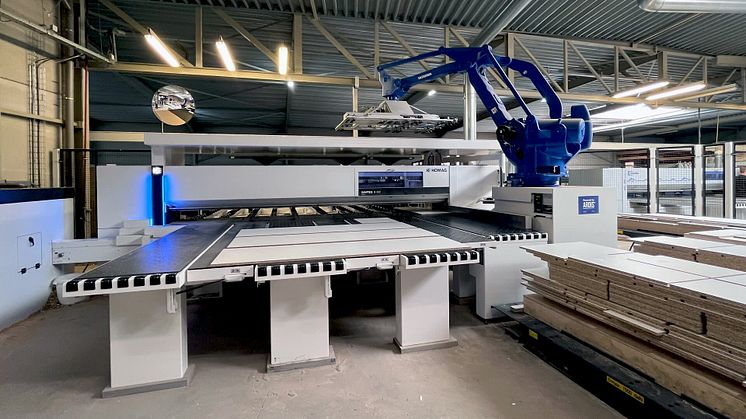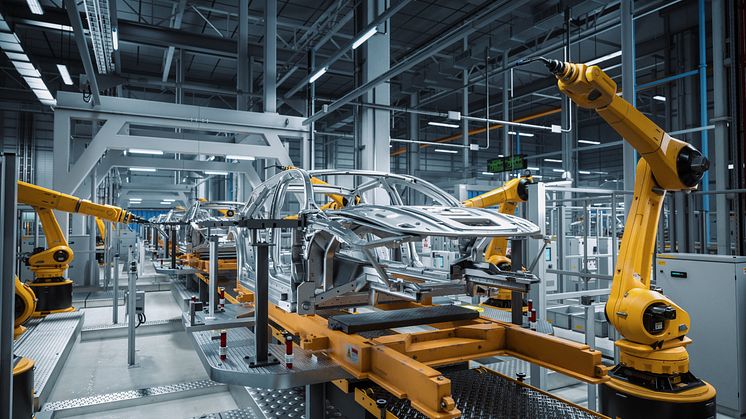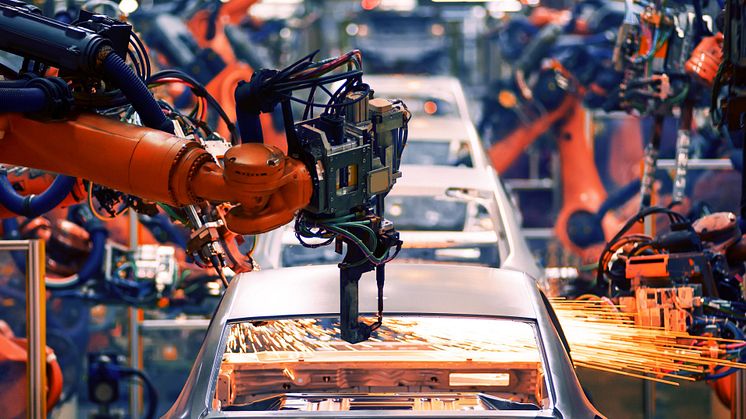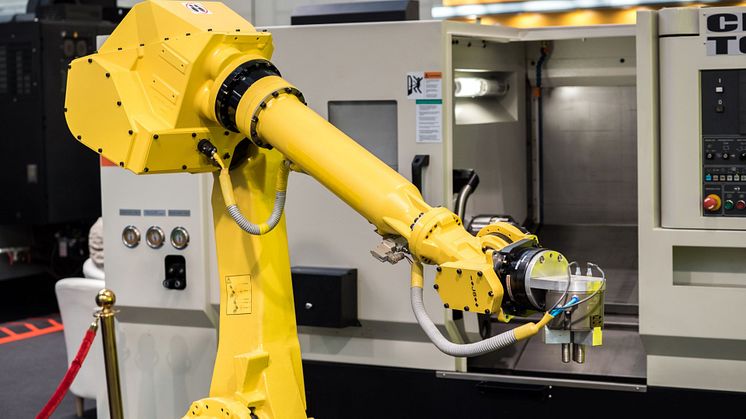Carpentry 4.0: when robots and saws take over the night shift
Autonomous and without statutory break times – Robots can offer real value to carpentry workshops and boost production. However, acquiring such machines is often associated with high costs. Used machines might offer a viable solution.
Carpentry has been a traditional craft for centuries. Yet, this trade is not exempt from digitalisation and automation through the use of robots. The development



